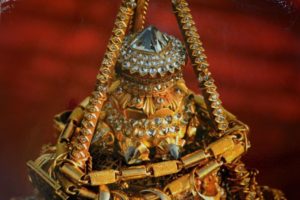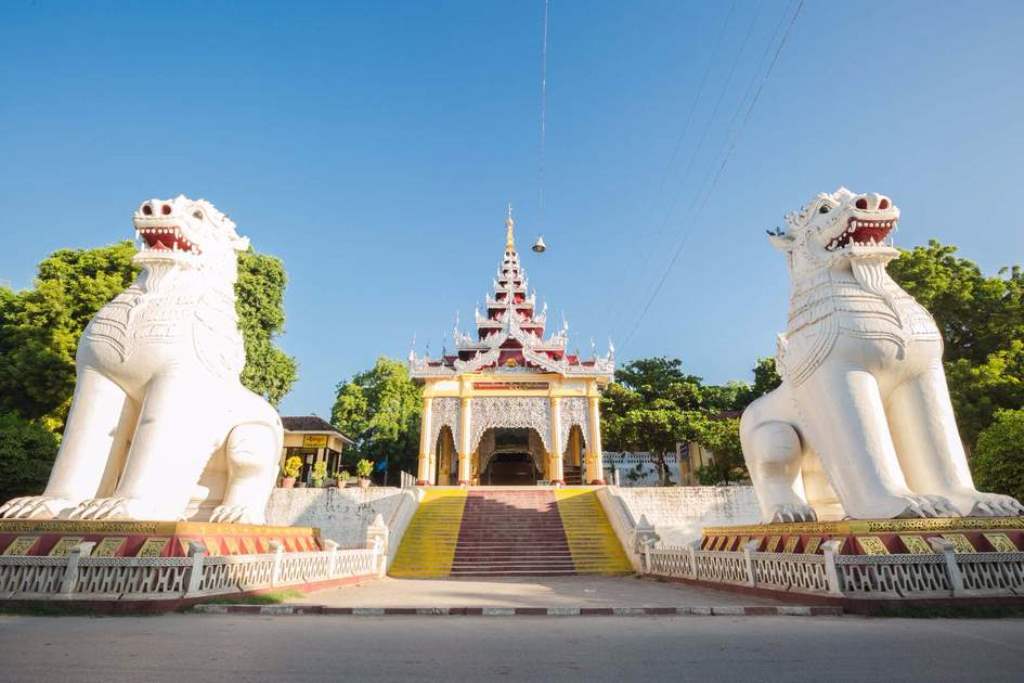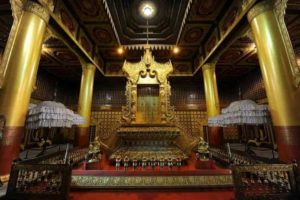
Diamond Orb
According to researchers Sanchi Stups of Bharat, that is India, are the prototypes of modern-day pagoda. Myanmar prototypes Baw Baw Gyi and
Feature tours are the best thoughts for your travel experience in Myanmar. The tours extend the sustainability of local destinations throughout the journey.
Our Small Private Group tours are designed for safety measure and escape
the crowd to see the highlights of Myanmar with enough downtime to relax,
reflect, and soak up the atmosphere.
Multi-day tours are organized into the depths of Myanmar and to see captivating nature, culture, local experiences, and traditions of the people.
ONE DAY TOURS are conducted by the tour guide to explore more about culture, history, community, and local lives for a full-day excursion in Mandalay and around privately.

Lion is a symbol of courage and valour. It has served as a basis for making metaphors. As early as Emperor Asoka’s times’ lion has become a symbol of ferocity. On top of the Asoka Stone Pillar, there are four lions. Many Buddhist and Hindu temples, pagodas and other religious structures have fierce-looking lions to deter intruders and trespassers.
There are many stories, about how the statues of lions became so closely associated with Buddhist temples, stupas, and even monasteries. Some are mythical, some are product of hyperactive imagination. One story tell us that there was a group of ascetic monks doing meditation in a cave without knowing that the cave belonged to a fearsome tiger. While the monks meditated the tiger used to snatch the last monk and made a good meal of him. Monks found their number reduced by one every morning. But one day the monks were reciting sermons as a prelude to their meditation. A young robust lion happened to pass by the entrance to the cave. Words of dhama gave him peace and tranquility. The lion was mesmerized and literally transfixed in that position.
Although the lion could not move physically his mind worked fast. He saw the tiger, the permanent occupant of the cave. It was crouching with burning eyes and its massive tail beating its back. It was anticipating the pleasure of a good lunch. Human flesh makes a good meal. It was an innate knowledge which did not need to be given to tigers.
The lion decided very quickly. He sat down with hind legs bent, forelegs ramrod straight, paws flat on the ground, with menacing claws prominently displayed. The tiger when it saw that imposing figure at the mouth of the cave backtracked and left the place never to return.
From that day onward whenever the monks got together to recite sermon, do meditation or congregate they erected a figure of a lion at the gate. It was a protection from evil. As time went by it became customary to have statues of lions at the gates and mukha (literally, the mouth) of the temple or stupa.
Some people are fond of telling stories which are out of character with our Myanmar decency. Such stories were collected and supplicated to learned Sayadaws and also shown to lay scholars. All were unanimous in one respect; “Lion has no reference in Lord Buddha’s teaching.” So all stories are legends they can neither be proved nor disproved, some dirty, other clean.
Sourced: Myanmar Culture Traditions and Scenery, Mythical Creatures
by U Than Pe, Tour guide

According to researchers Sanchi Stups of Bharat, that is India, are the prototypes of modern-day pagoda. Myanmar prototypes Baw Baw Gyi and

According to researchers betel chewing habit came from majjima desa, that is present Indian subcontinent, along with Buddhism. The habit was certainly

Throne is symbol of royalty. It also embodies sovereignty. It is the seat of power. It passes from sovereign to sovereign. As